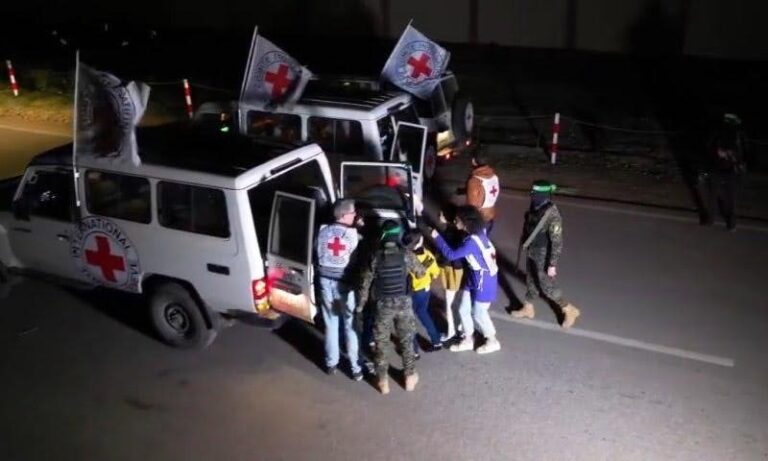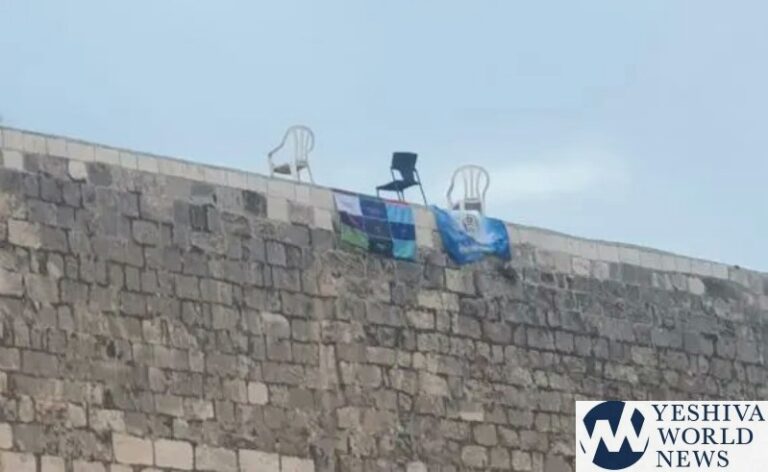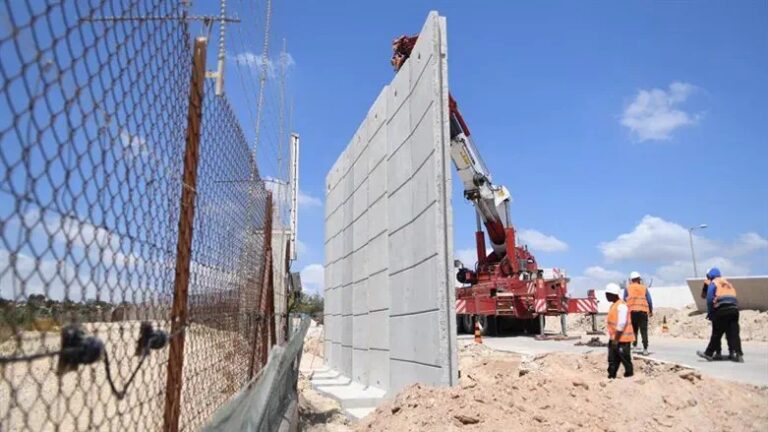 International nuclear inspectors reported on Friday that Iran was moving rapidly to produce nuclear fuel at a deep underground site that Israel and the United States have said is virtually invulnerable to attack.
International nuclear inspectors reported on Friday that Iran was moving rapidly to produce nuclear fuel at a deep underground site that Israel and the United States have said is virtually invulnerable to attack.
The report by the International Atomic Energy Agency indicated that for the first time Iran had begun producing fuel inside the new facility in a mountain near the holy city of Qum. The agency’s inspectors found in their most recent visits that over the past three months Iran has tripled its production capacity for a type of fuel that is far closer to what is needed to make the core of a nuclear weapon. The report about progress at the new facility is likely to inflame the debate over whether Iran is getting closer to what Israel’s defense minister, Ehud Barak, calls entering “zone of immunity.” The phrase refers to a vaguely-defined point beyond which Iran could potentially produce weapons fuel without fear of an air attack that could wipe out its facilities.
American officials insist that Iran’s progress has been halting at best, and the report also shows that despite Iran’s repeated boasts it is still having trouble deploying significant amount of next-generation equipment to make fuel. The United States also argues that Iran’s program has a number of vulnerabilities should it decide to develop a bomb. American intelligence officials say they do not believe Iranian leaders have made that decision, though Israeli and British intelligence disagree.
When President Obama and other Western leaders first made public the discovery of the new facility in 2009 American officials said they believed its exposure meant it would never be used. However, the report on Friday indicated that 696 centrifuges — the tall, silvery machines that enrich uranium by spinning it at supersonic speeds — are now installed. Another 2,088 have been partially installed, meaning the facility is approaching its design capacity.
The 11-page report also described how Iran has refused, in two separate meetings with inspectors, to answer questions raised in the I.A.E.A.’s last report, issued in November, about experiments that could be linked to work on nuclear weapons. Inspectors were told they could not visit a military site called Parchin, where the inspectors suspect work was done on conventional explosives that can be used to trigger a warhead. “Iran stated that it was still not able to grant access to that site,” the report said.
Iran has said that it produces fuel enriched to 20 percent purity in order to replenish a small nuclear reactor in Tehran that is used to make medical isotopes. That claim appears to be true, at least in part: The inspectors say a fraction of the fuel was used to manufacture a single fuel assembly that was inserted in that reactor in recent days, as President Mahmoud Ahmadinejad watched. The event was televised in Iran, underscoring the country’s intent to continue its nuclear program despite international sanctions and sabotage.
Iranian officials have said in recent months, however, that they plan to produce more of the 20 percent enriched fuel than is needed for the reactor. “They have now produced nearly enough 20 percent to fuel the Tehran Research Reactor for the next 20 years,” one diplomat in Europe who closely follows the agency’s work in Iran said Friday. The fact that Iran is ramping up production further has heighted suspicions in the West that it wants to stockpile the fuel in case it decides, in the future, to produce bomb-grade material. It would take relatively little additional work to get that fuel to the 90 percent purity needed for weapons fuel.










